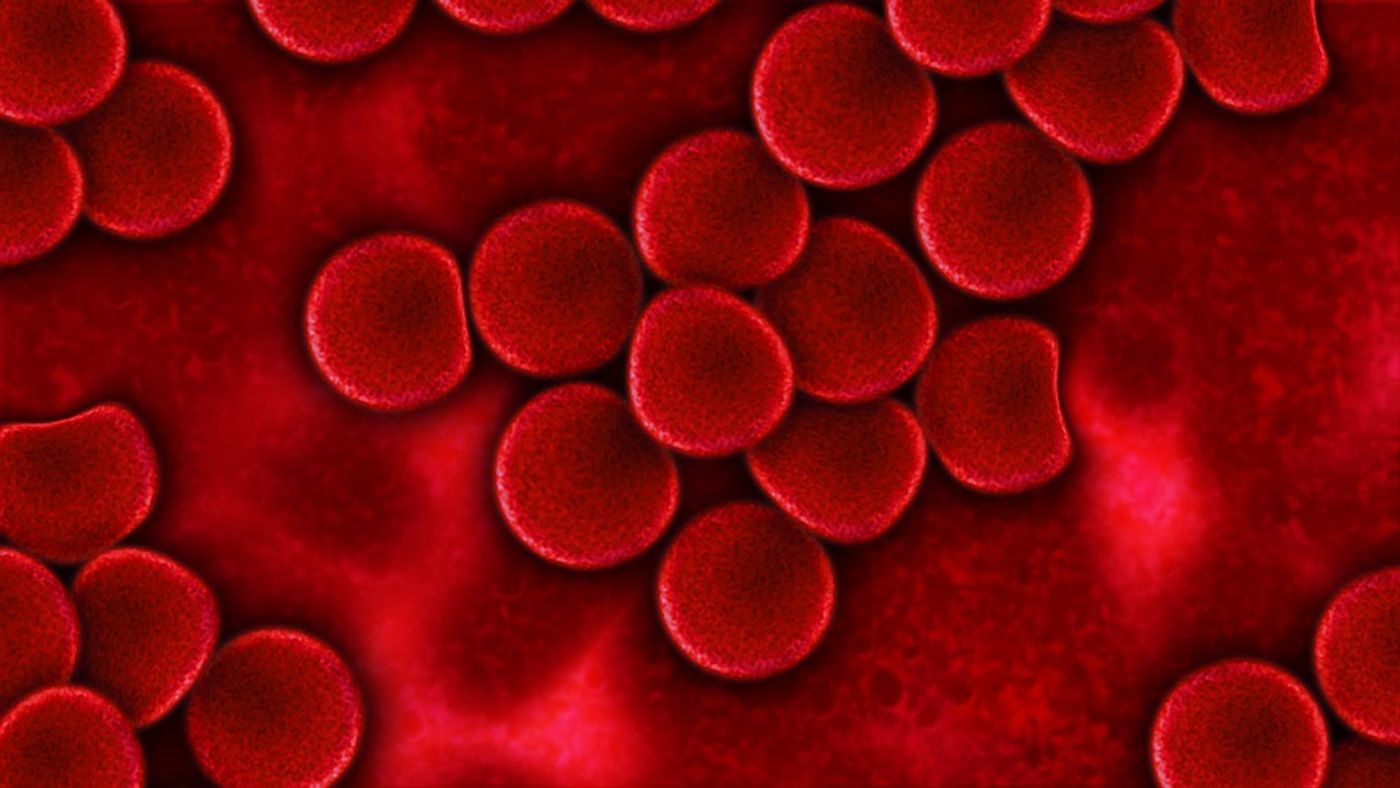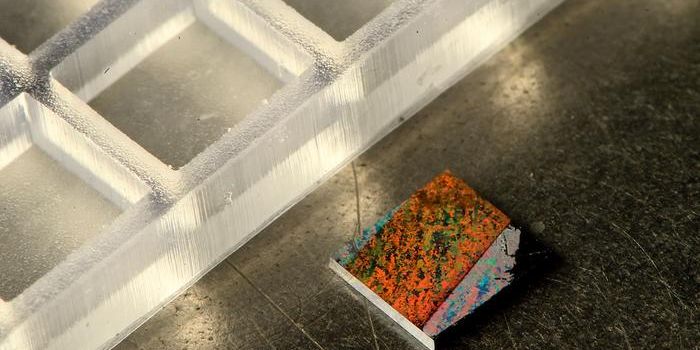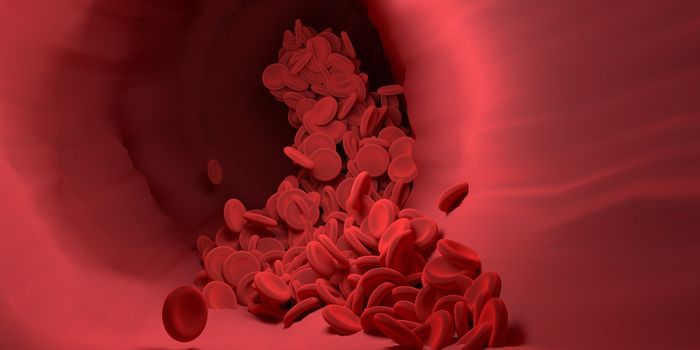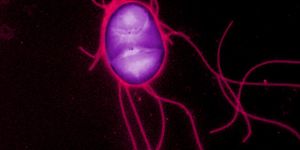Atherosclerotic Inflammation Connected to Somatic DNA Mutations
Past studies have linked certain genetic variations to cancer, but a new study suggests that similar mutations also play a role in cardiovascular disease, especially for older people. Researchers from the Boston University Medical Center looked for a direct relationship, focusing on one gene that is commonly mutated in the blood cells of the elderly: TET2.
For older people with atherosclerosis, a set of genetic variations is common for many patients. Atherosclerosis is a major cause of heart disease for many people of all ages, characterized by a buildup of plaque in the arteries that narrows the path for blood to flow through.
The progression of atherosclerotic plaques in blood vessels goes hand in hand with chronic inflammation, a link made clear by studies discovering high levels of inflammatory markers in patients with acute coronary syndromes. Even low-grade inflammation can exacerbate atherosclerosis. While inflammation is helpful in an environment where the immune system recruits the inflammatory response to fight pathogens, this type of reaction is harmful to the body when it is ongoing or misdirected, which happens in the case of autoimmune disease.
Boston University researchers noticed that over half of elderly atherosclerotic cardiovascular disease patients exhibit little to no conventional risk factors for heart disease, an observation which began their research into a connection between age-dependent risk factors yet to be identified. Based on a few recent studies that began to reveal connections to somatic DNA mutations beyond cancer - into the hematopoietic system that produces blood cells - researchers looked for a connection to atherosclerosis.
"Our studies show that mutations in our white blood cell cells, that we acquire as we age, may cause cardiovascular disease,” said corresponding author Kenneth Walsh, PhD. “Understanding this new mechanism of cardiovascular disease could lead to the development of new therapies to treat individuals who suffer from heart and blood vessel ailments due to these mutations.”
Image: A hematopoietic stem or progenitor cell—which may already be primed for development of disease owing to inherited genetic variants, such as JAK2 in myeloproliferative disease—acquires TET2 mutations early in the course of disease pathogenesis. Credit: Nature Genetics
Walsh and the research team developed an experimental model focused on TET2, a gene that is commonly mutated in the blood cells of the elderly, asking: Does TET2 affect plaque development?
When they transplanted TET2-deficient bone marrow cells into their experimental models, plaque formation accelerated, confirming the direct relationship between TET2 and atherosclerosis. Their findings also led the scientists to believe that TET2 promotes atherosclerosis specifically through macrophage-driven inflammation in the blood vessel walls.
To scientists, these results meant that these somatic DNA mutations in the hematopoietic system are causative of atherosclerotic cardiovascular disease. In this case, somatic DNA mutations enable the clonal expansion of blood cells, which is associated with atherosclerosis.
“Because these mutations become prevalent starting at middle age, these studies suggest that genetic analyses of blood samples could add to the predictive value of traditional risk factors - high cholesterol, hypertension, diabetes and smoking - that are currently monitored,” Walsh said.
The recent study was published in the journal Science.
Source: Boston University Medical Center, Circulation, National Heart, Lung, and Blood Institute










